The short answer is, he didn’t. He made his own.
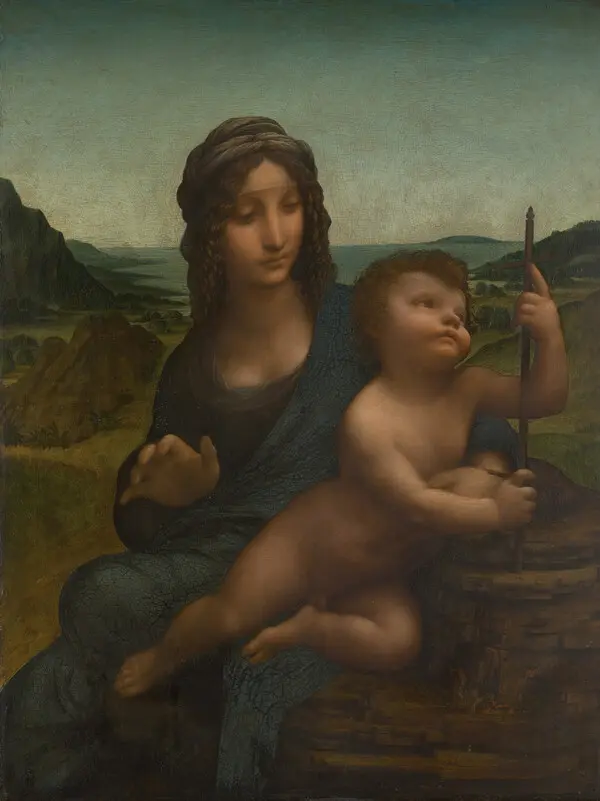
Throughout his years (1452-1519), Leonardo da Vinci employed a variety of techniques, from painting on a dry stone wall to using wet plaster, depending on the work surface he was commissioned to paint. Leonardo da Vinci typically painted with oil paint that he made by hand from ground pigments; later in his career, he worked with tempera made from egg whites. His work surface typically would be a canvas or board, or sometimes stone, when painting a mural. As da Vinci began a painting, he would start by covering the canvas with a pale gray or brown, using a neutral color for underpainting. Atop the underpainting, da Vinci would layer transparent glazes within a small range of tones. Typically, the colors used were natural hues; da Vinci never used intense or bold colors or tints in contrasting colors. By using such a small range of colors, he was able to give his finished works a more cohesive appearance.
The great master painters of the Renaissance, such as Leonardo da Vinci, Michelangelo, and Raphael, acquired their paints and pigments from a variety of sources. The production and sourcing of these materials were complex processes involving natural ingredients and skilled craftsmanship. Here’s how they typically obtained their materials:
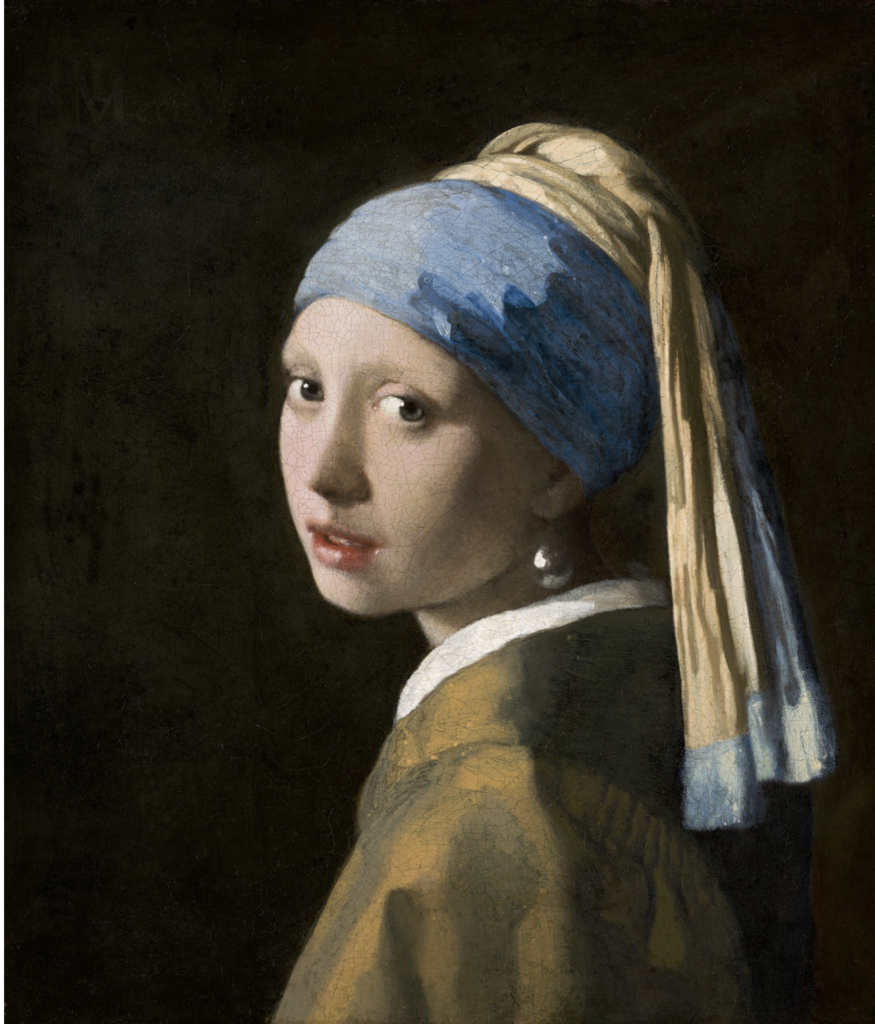
Johannes Vermeer: Girl with a Pearl Earring, c. 1665
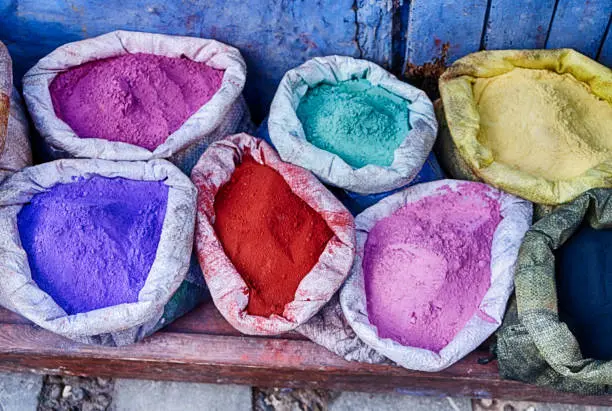
1. Natural Mineral Sources:
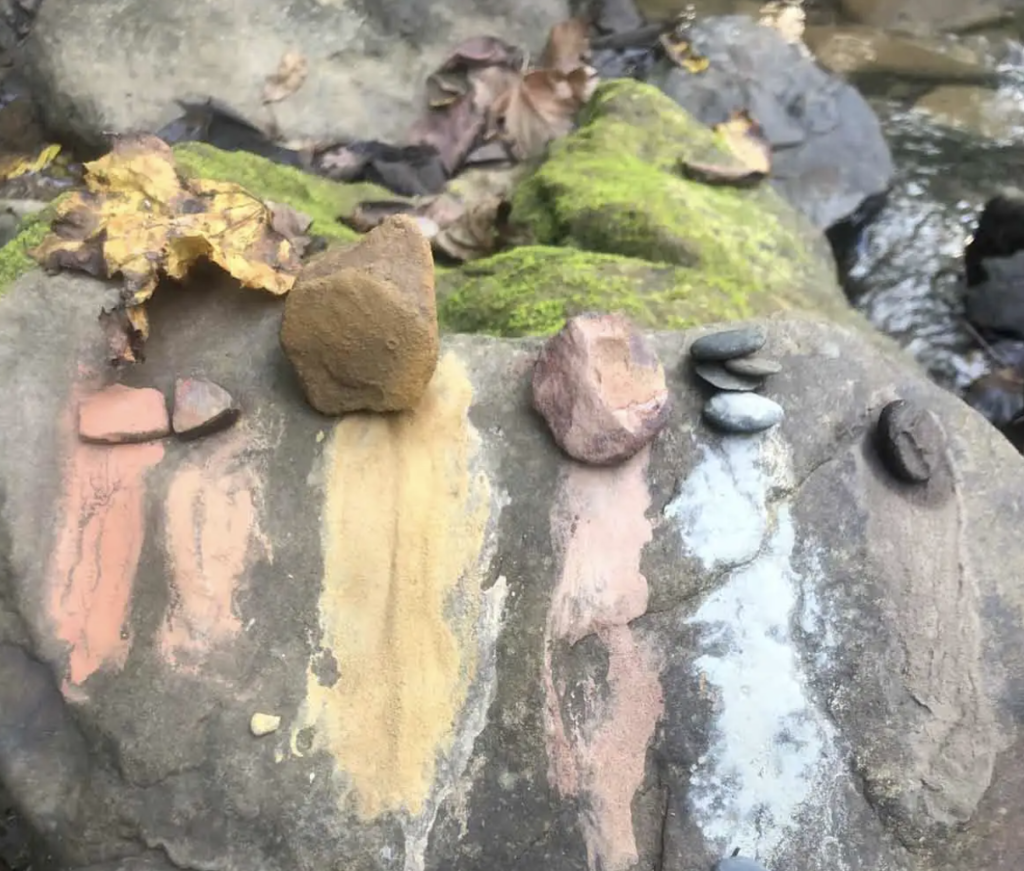
- Earth Pigments: Many pigments were derived from naturally occurring minerals. For example, red ochre was obtained from iron oxide-rich earth, yellow ochre from hydrated iron oxide, and green earth from glauconite or celadonite.
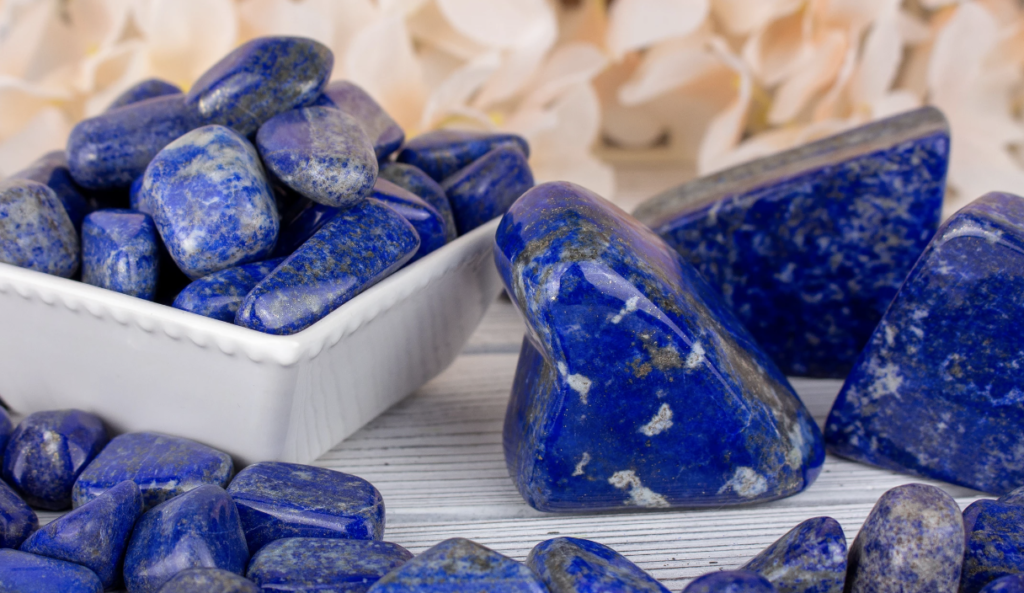
- Lapis Lazuli: This semi-precious stone was the source of the highly prized ultramarine blue, often imported from Afghanistan and more expensive than gold.

2. Plant and Animal Sources:
- Indigo and Woad: Derived from plants, these were used as blue pigments. Chemically identical, these two dyes yield a deep blue color, often used by illuminators to enhance and complement the more precious mineral blues—ultramarine and azurite.
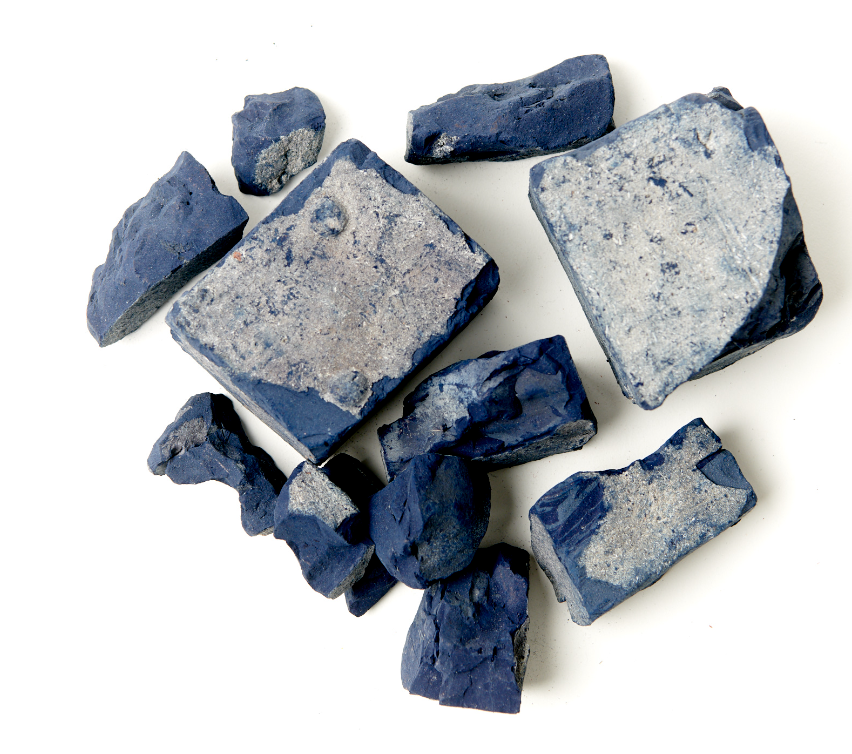
- Cochineal and Kermes: Red pigments like carmine were extracted from insects like the cochineal beetle.
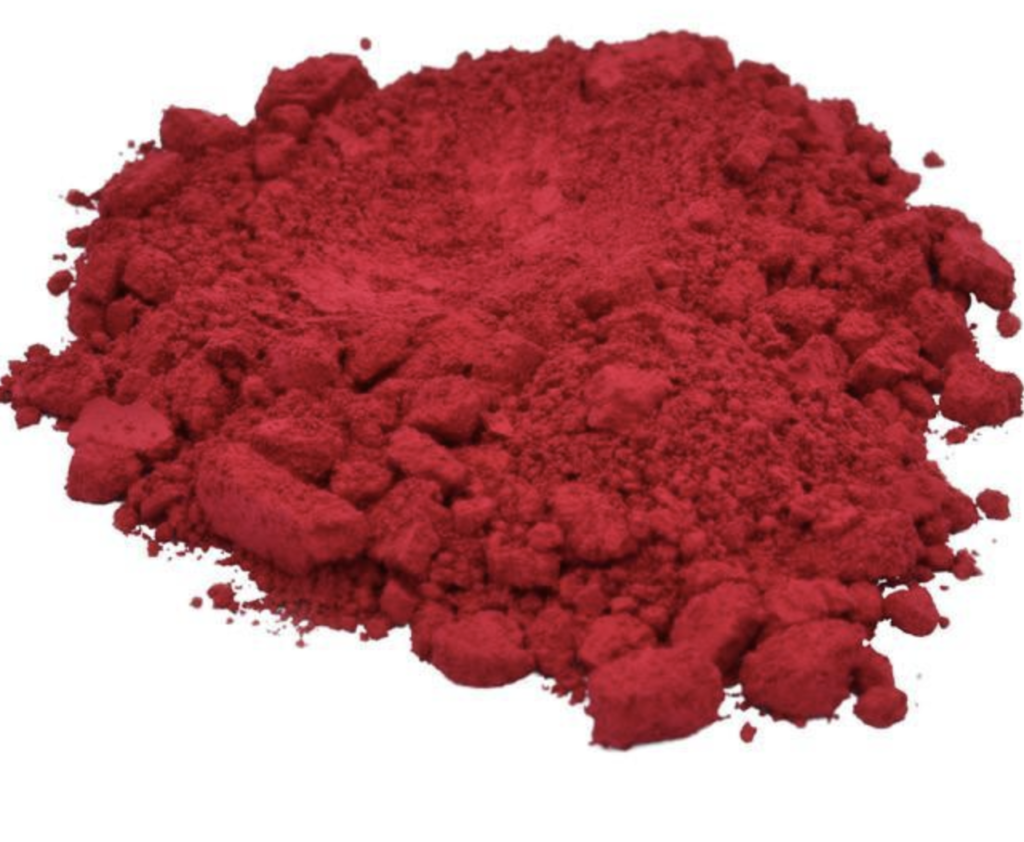
- Madder Root: Provided a range of red hues, known as madder lake, through a complex extraction process.
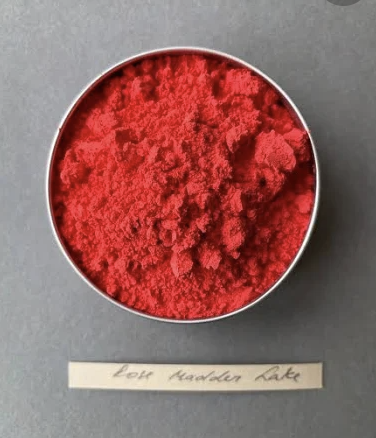
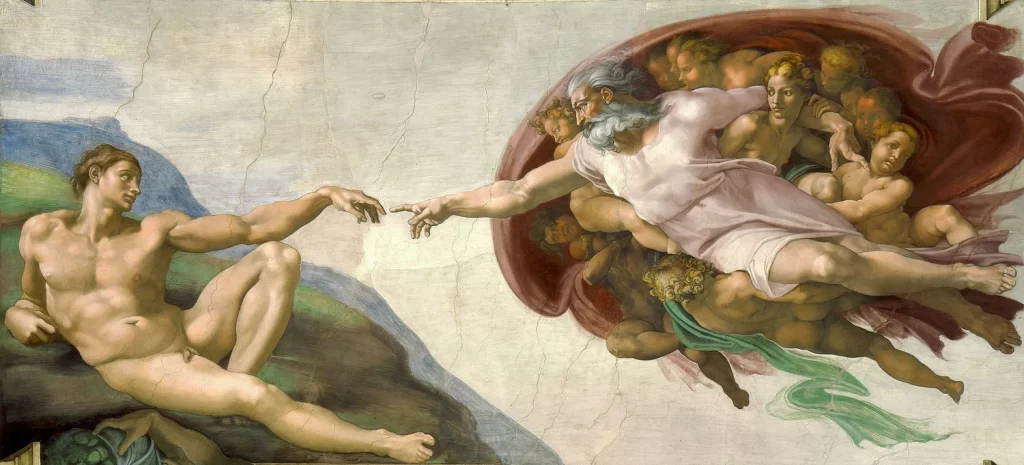
Michelangelo, The Creation of Adam, Ceiling of the Sistine Chapel, c. 1508–12
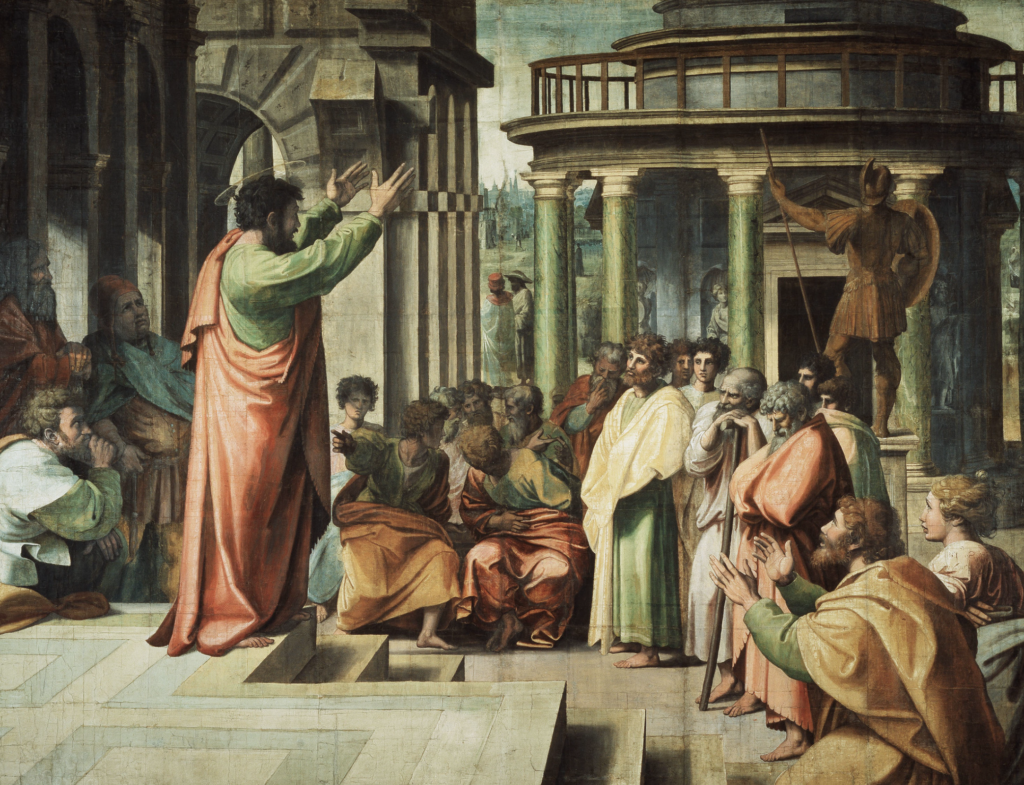
St Paul Preaching in Athens, Raphael c. 1515-16
3. Chemical Processes:
- Lead-based Pigments: White lead, or lead carbonate, was produced through a process involving the corrosion of lead in vinegar. Red lead (minium) and lead-tin yellow were also used.
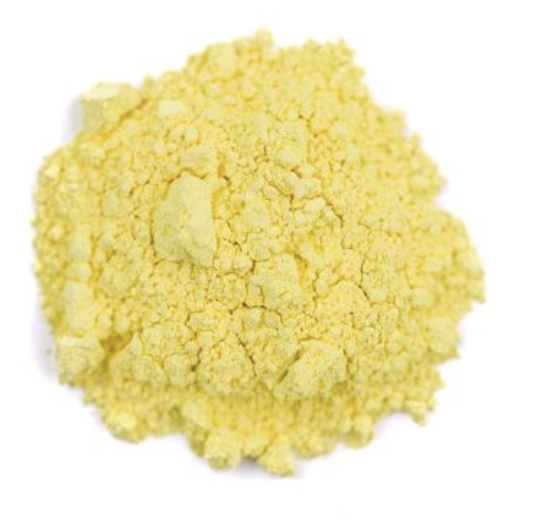
- Verdigris: Verdigris is a blue-green pigment used in manuscript illumination and hand-coloring of maps and prints from at least the medieval period to the 19th Century. In illuminated manuscripts, it could be used alone or in mixtures with other pigments such as saffron, sap green, or iris green to alter its original hue. Verdigris is very simple to make. Many recipes can be found in Medieval and Renaissance painting and illumination treatises. One of the simplest methods is to expose pieces of copper or brass to organic acid vapors (vinegar, wine lees, curdled milk, urine, etc.) in a closed container. The reaction between the metal and the vapors form basic copper acetates on the surface of the metal.
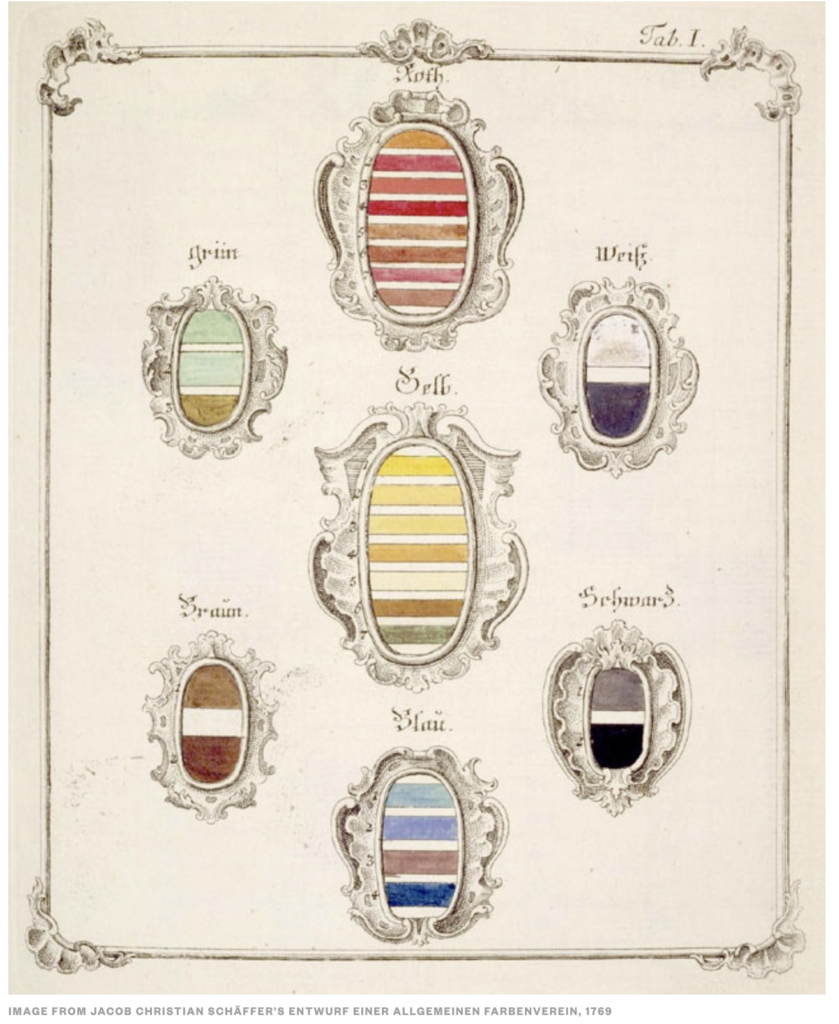
4. Alchemy and Workshops:
- Artists’ Workshops: Many artists prepared their own paints in their workshops. Apprentices ground pigments and mixed them with binders like egg yolk (for tempera) or oil (for oil paints). Tempera was always applied to a solid surface, such as a panel. The painting below by Crevelli was done with tempera.
- Alchemists: Some pigments, especially synthetic ones, were produced by alchemists who knew how to create them through chemical reactions.
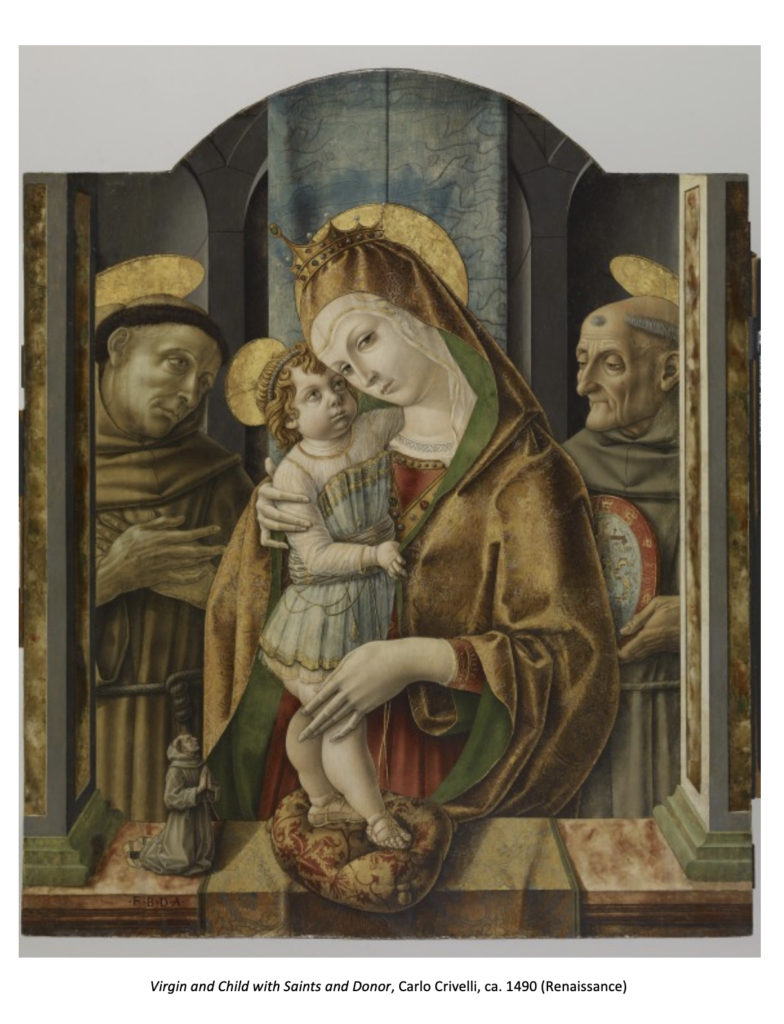
5. Trade and Commerce:
- Importation: Some pigments, especially rare and expensive ones like ultramarine, were imported from distant regions, including the Middle East and Asia.
- Local Merchants: Artists often purchased pigments from specialized merchants who dealt in artists’ supplies, particularly in major cities like Florence, Venice, and Rome.
The availability and quality of pigments played a crucial role in the art of the Renaissance, with some artists being known for their mastery of using certain colors. The procurement and preparation of these pigments were integral to the painting process, contributing to the vibrancy and longevity of Renaissance artworks.
Here is a 1-minute presentation on pigments:
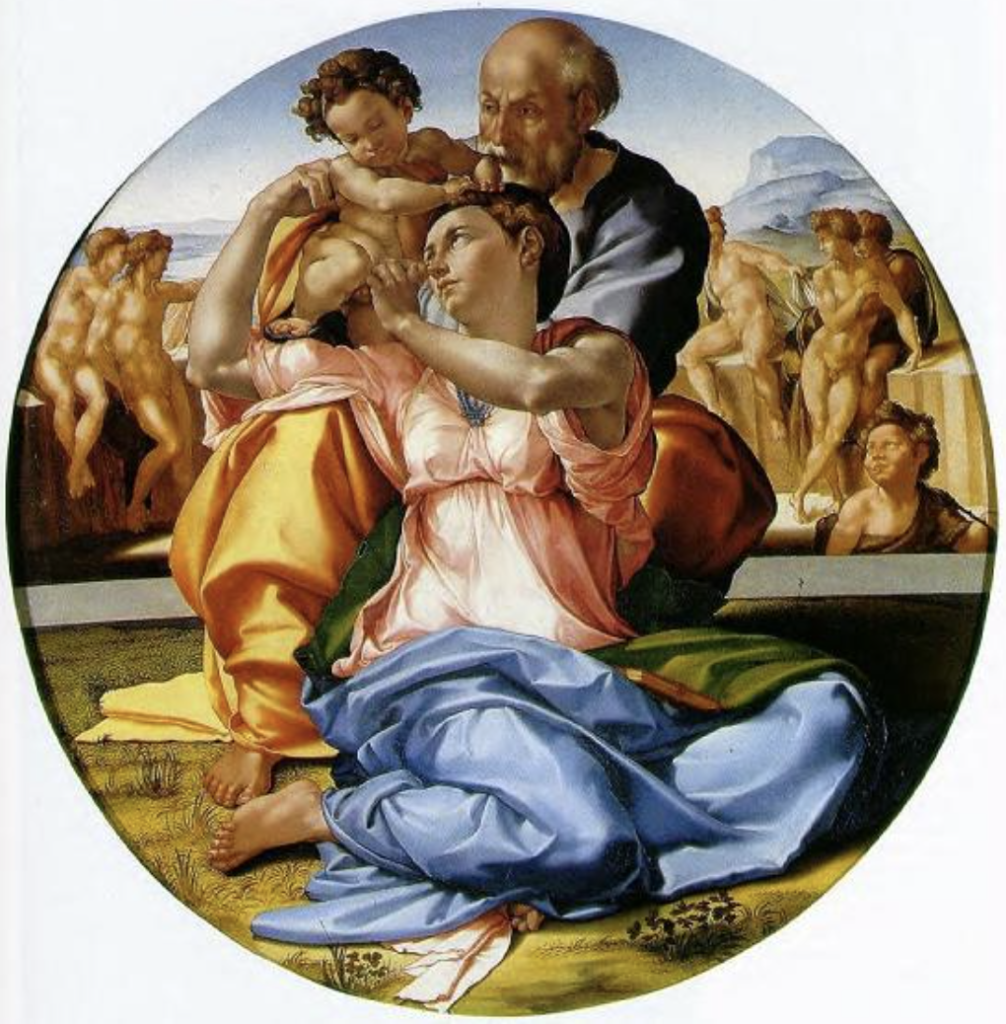
Vibrant colors like this came along later.

Welcome to 3-Minutes A Day University, where you can learn a little about a lot of things every day in three minutes or less. We help you expand your knowledge and understanding of the real world, and 3-MAD University is tuition-free. Our wide-ranging syllabus includes a fascinating insight into topics including Health and Medicine, Science, Sports, Geography, History, Culinary Arts, Finance and the Economy, Music and Entertainment, and dozens more. You will impress yourself, your friends, and your family with how easy it is to learn facts and perspectives about the world around you. One topic you will never find covered is politics. We hope you enjoyed the previous three minutes. If you liked this post, please pass it along to a friend.
Was this email forwarded to you? Subscribe Here.
© Copyright 2024. 3-Minutes A Day University All Rights Reserved. Unsubscribe

